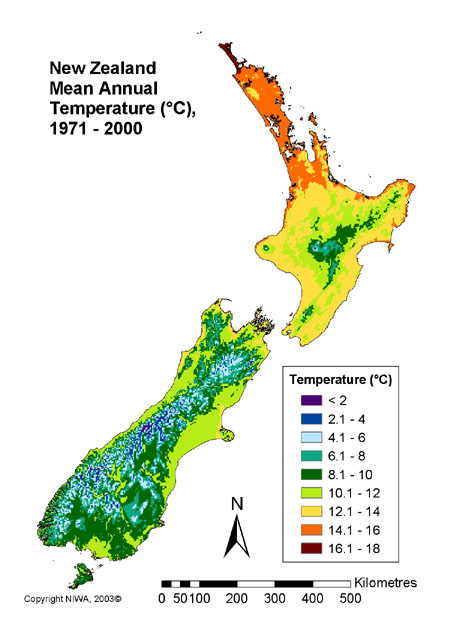When it
comes to the geography of an area we know that over time it changes. Areas go
from an aquatic area with many marine animals and fish to an arid desert, or
vice versa. There are many factors that can change the geography of an area
over the course of time. So with that in mind we can speculate into the future
of New Zealand, we can look at various possibilities on new formations and
erosions processes that will change the land many years from now.
It is no
secret that New Zealand over the past millions and billions of years has formed
and shaped. Every piece of land that is visible now at one point either was not
there or drifted from its original spot, New Zealand is no different. It being
an island means it either broke off of a bigger land mass and drifted away due
to plate tectonics or that it was created by under -water volcanoes and
hot-spot migration. It is generally believed that New Zealand broke off a
larger section of land and drifted (www.teara.govt.nz).
That being said in
the future New Zealand will continue to drift, as will all land masses, that
is just how plate tectonics work. It will most likely collide with another
continent. This will create an opportunity to create new mountains when the two
land masses collide, one part of land will fold under the other part. The
creation of new geographical formations does not stop there. Many of the rivers
on the South Island are braided rivers, and are very thin, in many years’ time
it is possible that these small rivers could dry up, possibly creating a more
dry and arid landscape than what we see now. Meandering rivers could eventually
erode away existing formations and create a large lake, or they could dry up
and create a desert. There are many possibilities the future holds.
An interesting possibility to consider is what if an
earthquake or another natural disaster greatly alters the landscape?
Earthquakes have great force and can be devastating to the land; a seismic
quake could easily tear one or both of the islands apart. New Zealand is part
of the Pacific Ring of fire and more than 20,000 earthquakes occur each year(Wikipedia.org),
although most of them are fairly tiny. Over time this can add up, also it is
possible that a giant one would happen and greatly impact the islands. How the
islands are impacted could vary, it would no doubt hurt many people, that is,
if we are still around hundreds of thousands or millions of years from now.
We have heard a lot about global climate change and the
melting of polar ice. If that is true and all (or most) of Earth’s ice melts
then a lot of islands (including New Zealand) will most likely be under water.
Most of the land we see today could be beneath the ocean if ice continues to
melt at the rate it is currently melting at.
There is
no definite ways of knowing for sure just how New Zealand will be impacted in
the future. All we can do is make educated guesses and speculate based on the
past and the current information we have available to us. The only thing that
is for certain is that things will change and the world will look very
different in a million years, if only we could be around to see how different.



